Why is my pothos wilting? Quick tips to revive your drooping houseplant
Keep your pothos looking happy and healthy with this expert advice


Q: I recently bought a couple of relatively large pothos plants for my living room shelves. To my dismay, this morning I noticed the leaves on both have wilted. What could have caused this, and is there a way to bring them back to health?
A: Pothos are popular houseplants for good reason – not only do they make a statement with their trailing stems of luscious leaves, but they're also relatively resilient. This means that, in most cases, a drooping pothos can quickly be revived.
The first step is to identify what's causing the problem. In most cases, improper watering, pests, or the temperature will be to blame.
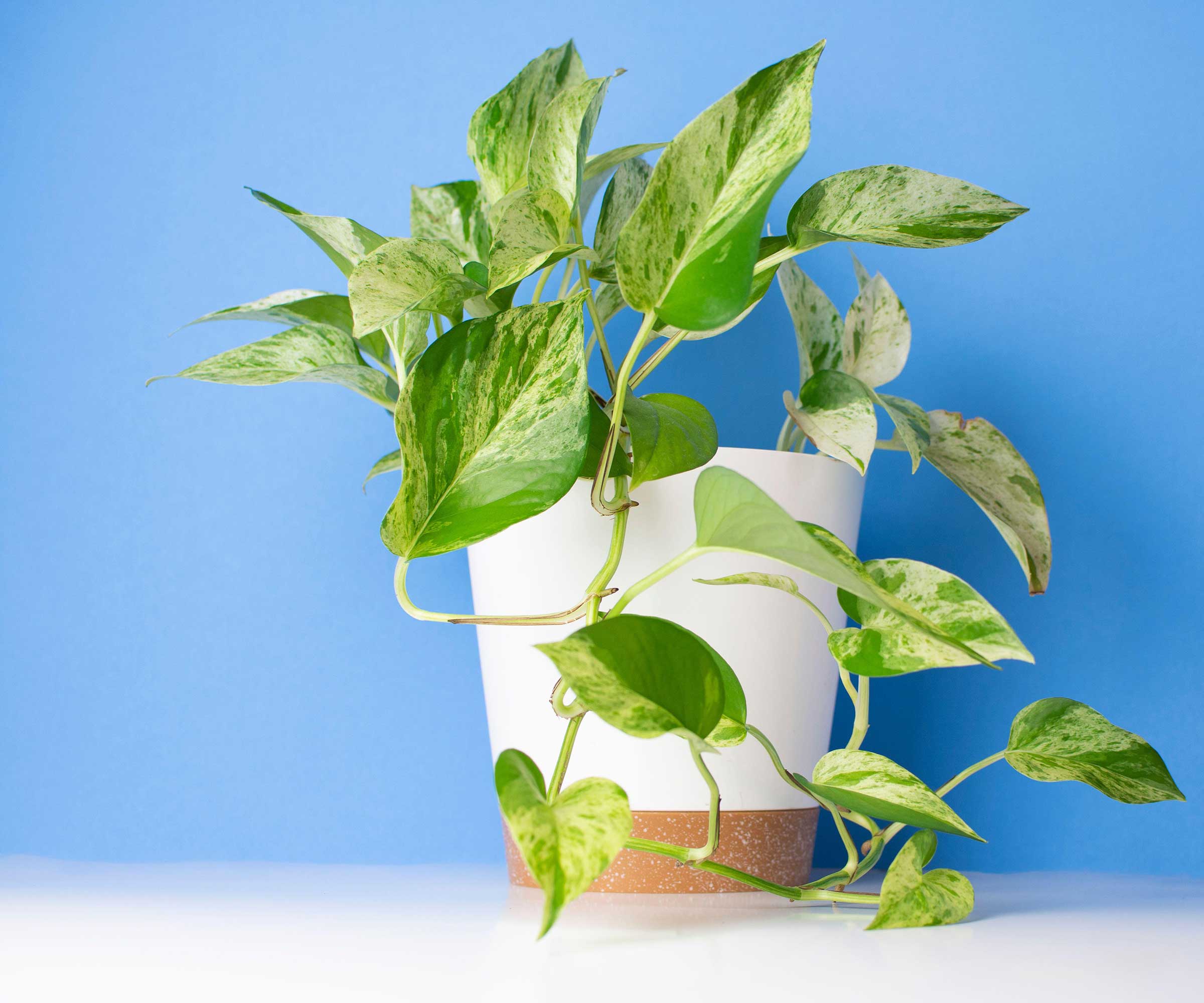
Some varieties of pothos have variegated leaves
3 ways to help a wilted pothos plant
Keep your pothos looking its best in your home with this expert advice.
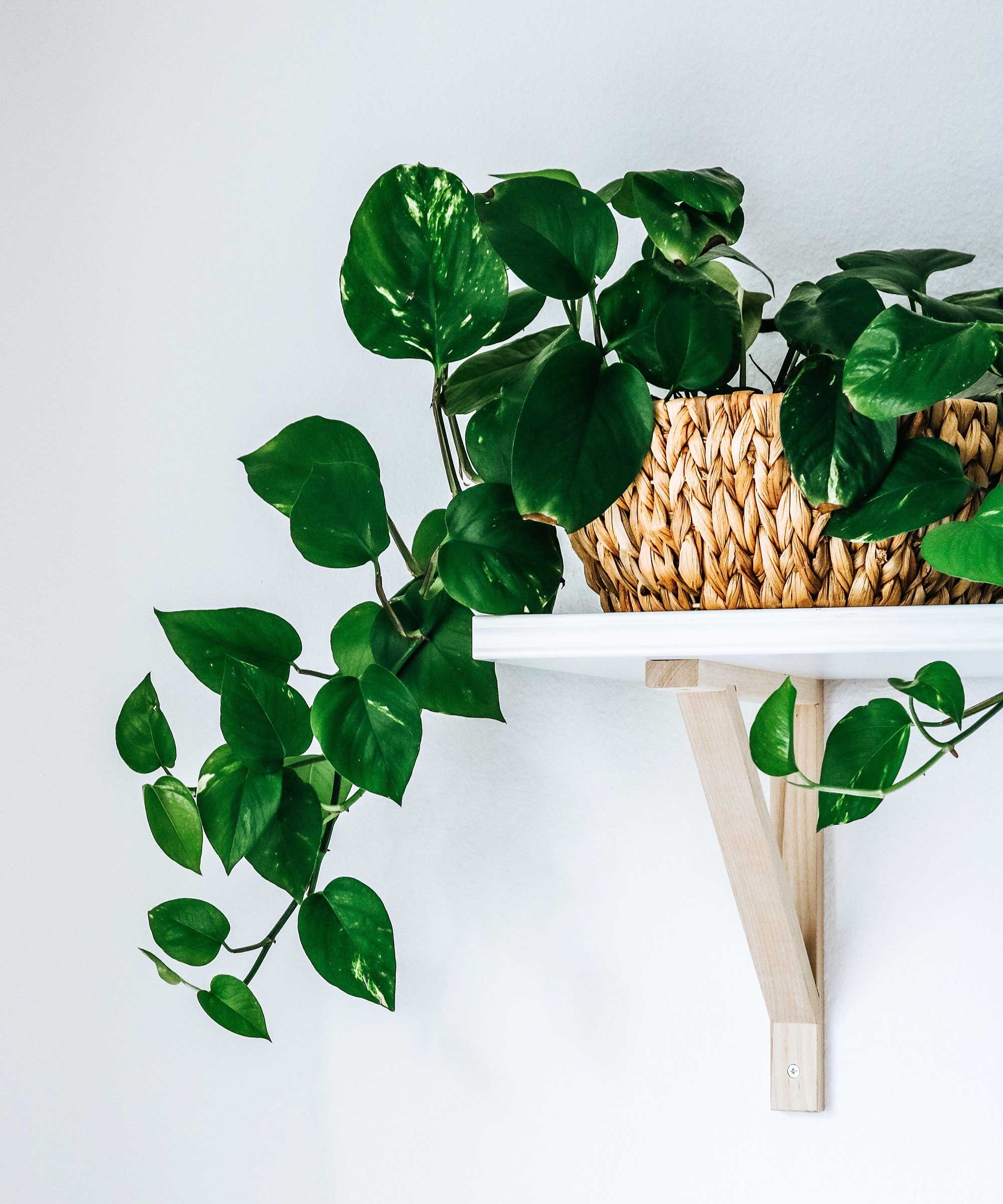
These trailing plants are ideal for placing up high
1. Check your watering regime
I love pothos plants and have many in my apartment, including a few that I propagated from cuttings. I try to stay on top of watering my houseplants, but if I'm away, or simply forget, pothos quickly start to look rather sorry for themselves. The good news is, once given a drink, they liven up again quickly.
Generally, aim to water your pothos when the top 2-3in of soil is dry, advises Autumn Hilliard-Knapp of Perfect Plants Nursery. 'Usually, once every week or two is a great schedule.' During the growing season (the warmer months of spring and summer), you may wish to add a splash of houseplant fertilizer to the water now and again, too. This will give them an extra boost in nutrients.
Top tip: If you're going on vacation, I'd recommend adding one or two watering globes, such as these colorful Miles Kimball ones from Amazon, to your pothos' pot. This will keep them hydrated for longer.

Autumn is a horticulture specialist and marketing professional at Perfect Plants Nursery. With four years of experience in the horticulture industry, she has developed a passion for helping people create beautiful indoor and outdoor spaces to enjoy. Her expertise in horticulture encompasses a broad range of activities, including plant care and selection, landscape design, and maintenance.
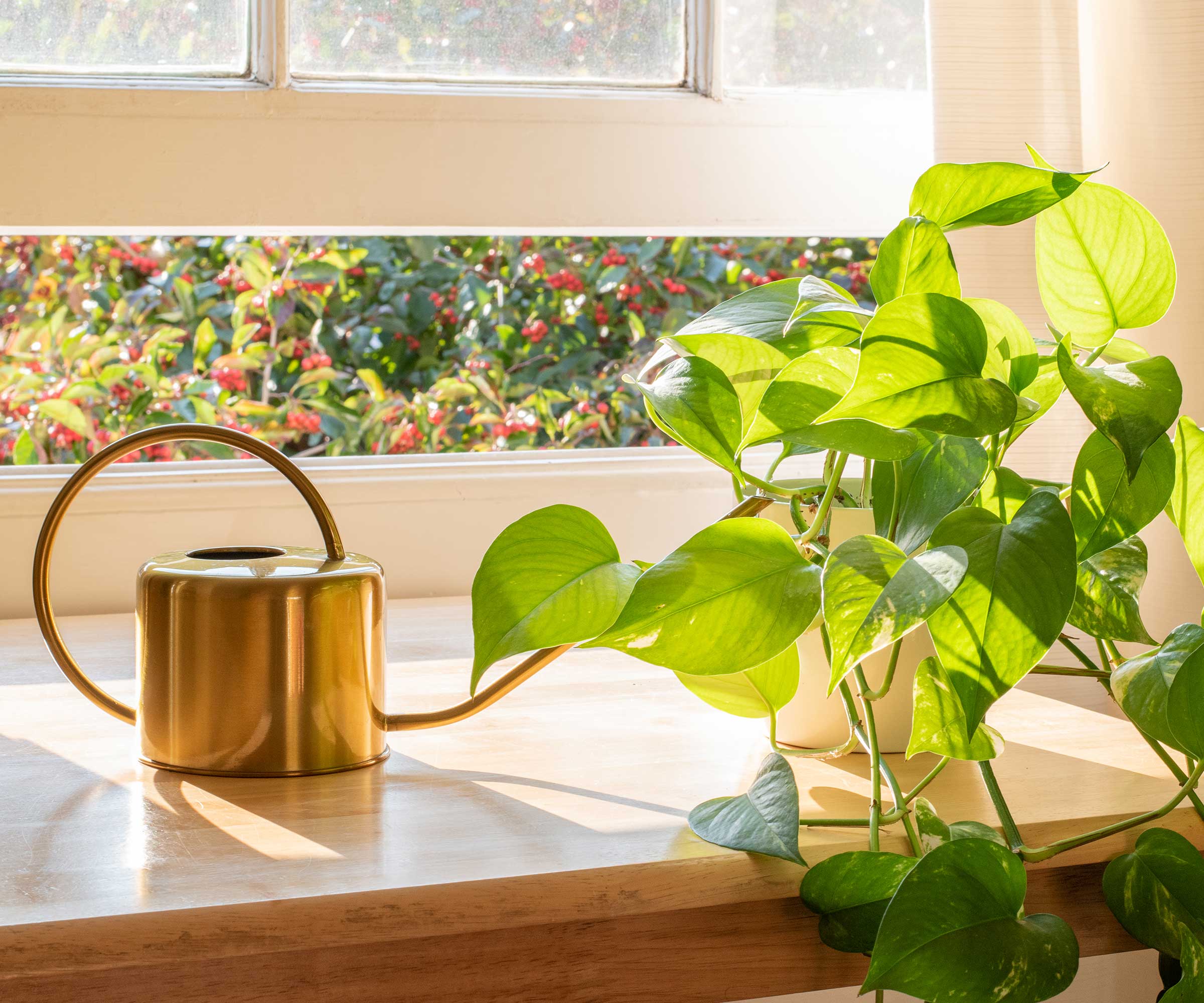
Pothos will wilt if underwatered
Overwatering houseplants is also a mistake to avoid, points out Anna Ohler, the Owner of Bright Lane Gardens nursery. It can lead to droopy plants and root rot, and your pothos may also turn yellow.
Design expertise in your inbox – from inspiring decorating ideas and beautiful celebrity homes to practical gardening advice and shopping round-ups.
Overly damp soil can also encourage an infestation of fungus gnats. These can damage your plants over time (and are annoying as they buzz around the home).
Severely waterlogged plants may need repotting in fresh soil. Before you replant them, trim away any brown or mushy roots, says Anna. Always use containers with drainage holes.
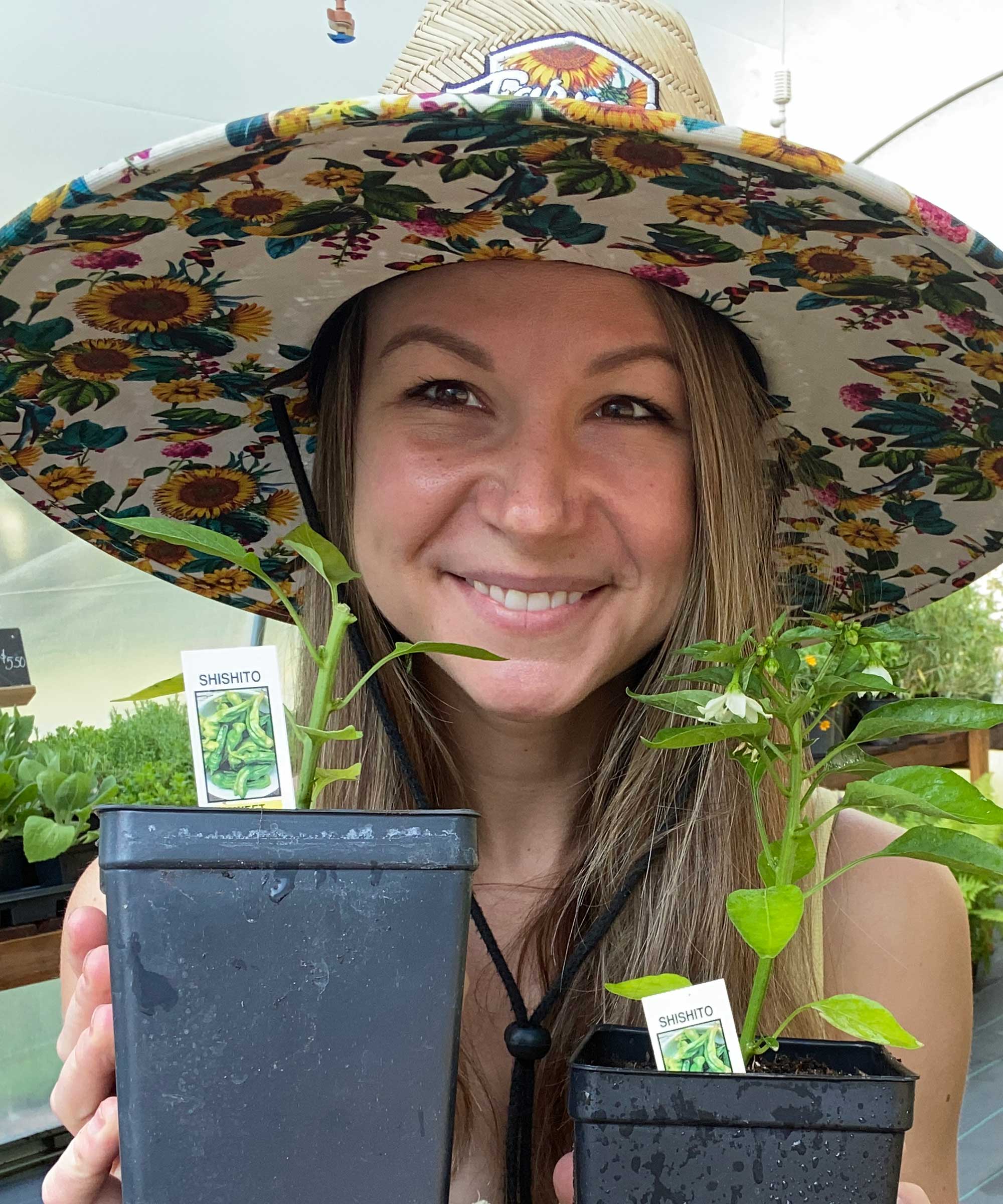
Anna is an avid plant hobbyist and the Owner and Operator of Bright Lane Gardens, a boutique plant nursery in Northern Michigan. With over a decade of experience in gardening and landscaping, she takes every opportunity to share her knowledge on all things plant related.
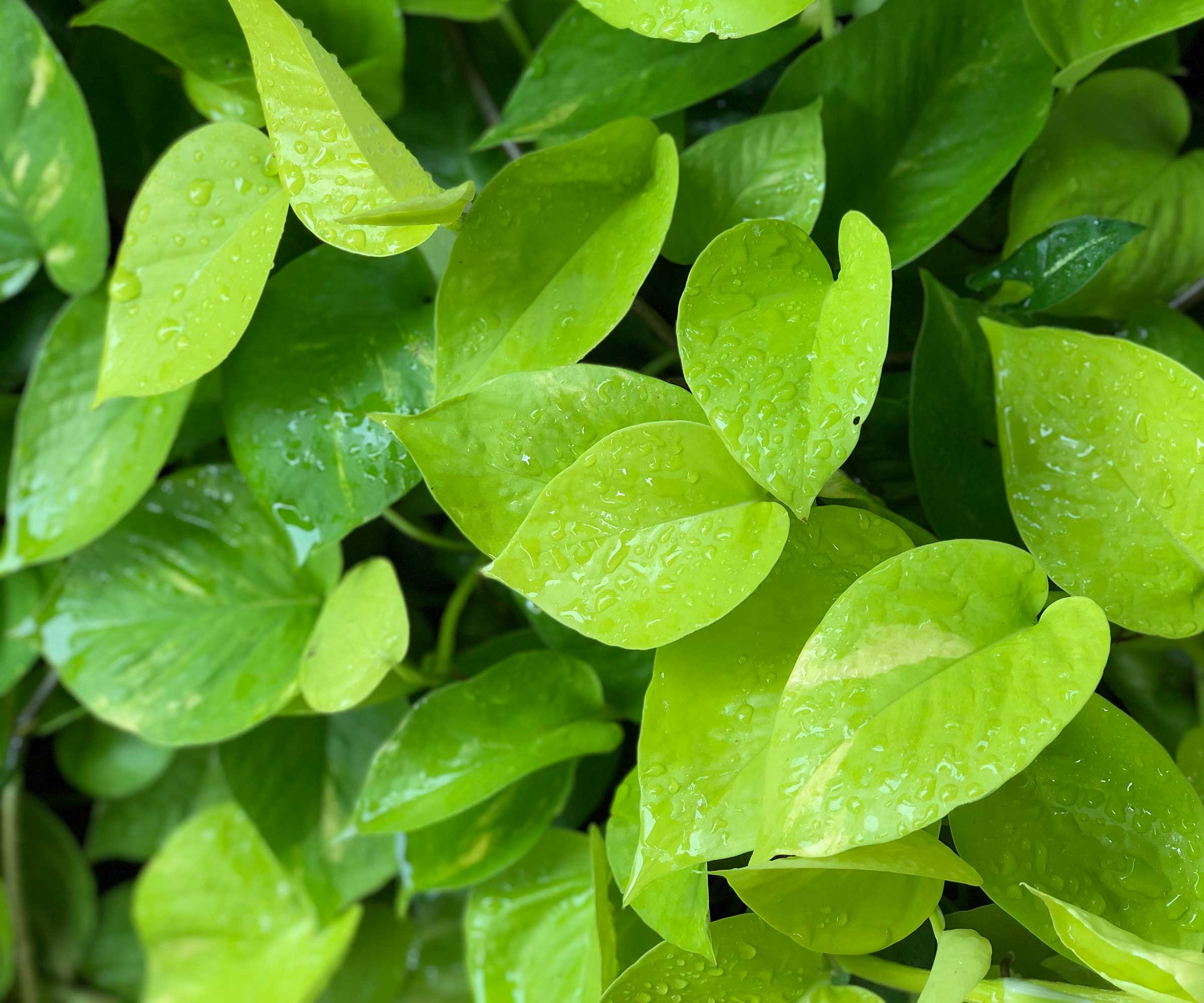
Avoid overwatering, which can lead to root rot and other problems
2. Keep the temperature optimum
As they are tropical plants, pothos prefer a humid and warm environment of 70-90°F. If they get too cold, they can quickly droop.
If your plants are near a window, bear this in mind when winter comes around – they may need to be moved to where the temperature is more consistent and free from drafts.
On the other hand, try to avoid putting them in direct sunlight or near radiators. The intense heat and lack of humidity can also cause stress. Misting, moving the plants to somewhere more suitable, and ensuring you stay on top of watering will help.
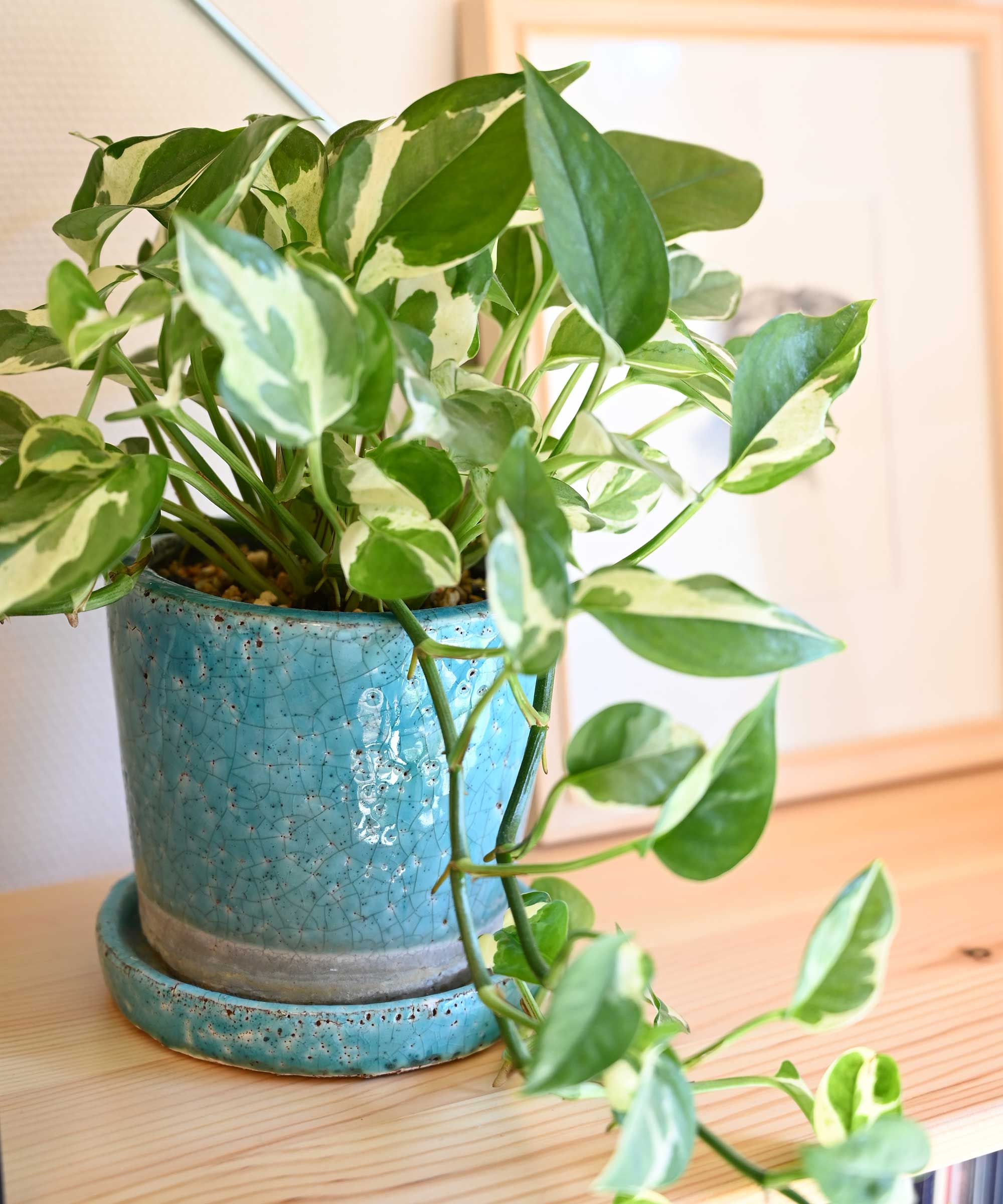
Try to avoid exposing your pothos to extreme temperatures
3. Watch out for pests
Aphids, whitefly, and other sap-sucking houseplant pests can weaken a plant over time and cause leaves to droop and discolor. Even worse, if one houseplant develops a pest problem, the infestation can quickly spread to other plants nearby.
'Some of these insects are very small and you will need to look for signs like thin webs, droppings, or brown spots on leaves,' says Anna. Check plants often, and if you spot any interlopers, isolate and treat the affected plants promptly. Anna recommends using insecticidal soap or neem oil.
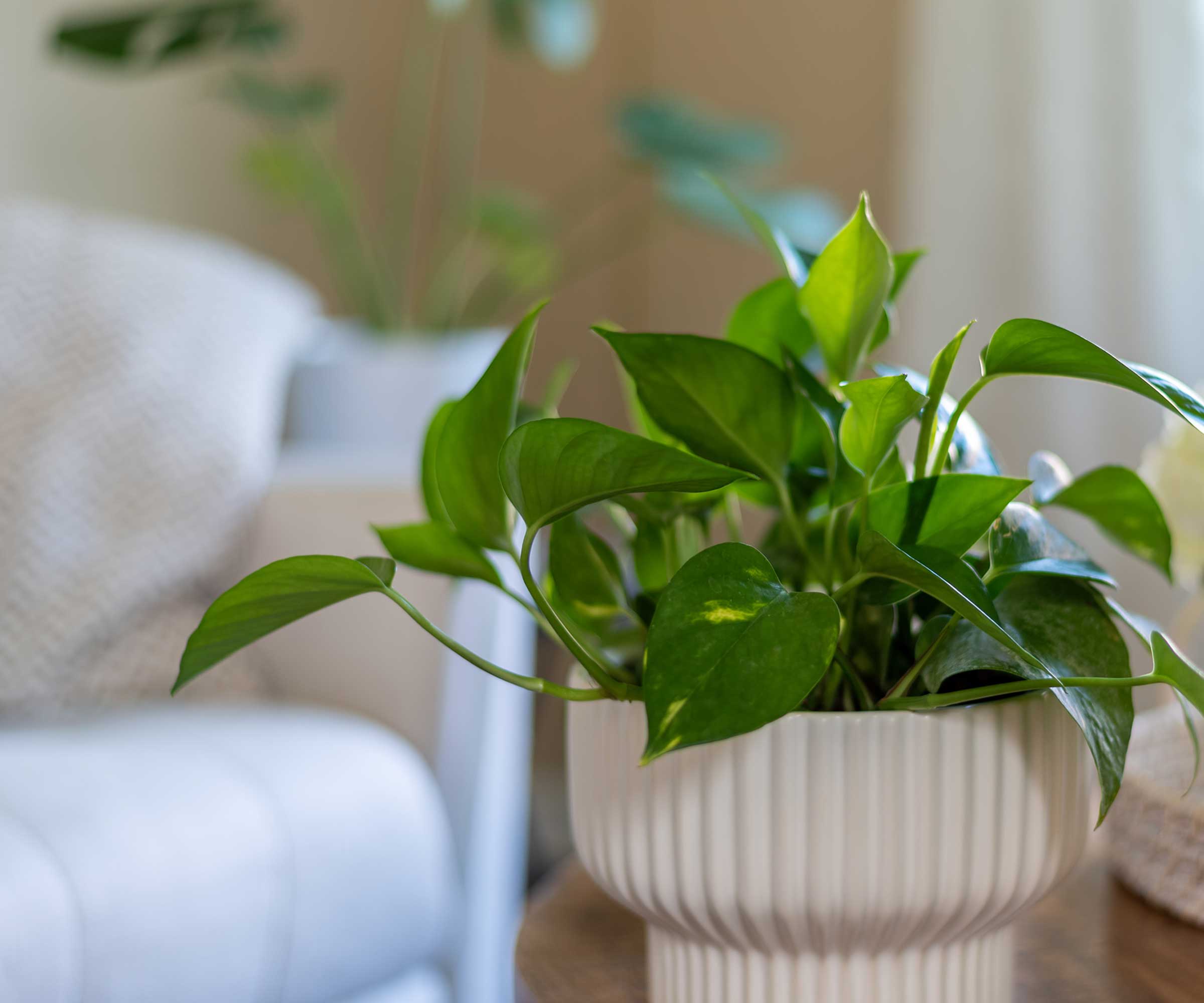
Pests should be treated quickly to prevent them from spreading
FAQs
How quickly will an underwatered pothos recover?
In most cases, once you give your pothos a drink, it should return to its usual, upright form in as little as 24 hours.
Can congested roots cause a pothos to wilt?
Yes, like most houseplants, severe root congestion can affect the uptake of nutrients and water, resulting in an unhappy-looking plant. To avoid this, pothos usually benefit from repotting once every two or three years.
Along with peace lilies, I'd say pothos are one of the easiest houseplants to look after, so they are a great choice for beginners or homeowners who travel often. Still, the quicker you address wilted leaves, the more chance your plants will have at bouncing back to their former glory. As well as this, it's always worth trying to stay clear of the common houseplant mistakes to encourage full and fabulous growth.

Holly started writing about gardening five years ago, and she is a regular contributor to Homes & Gardens. She has also written many gardening features for Woman & Home and Real Homes, too. She has previous experience as a professional gardener, where she helped to plant and maintain private gardens. Holly has also looked after allotment plots over the years and loves to grow her own flowers and veggies from seed. In her spare time, she enjoys visiting local gardens, botanical drawing, and tending to her ever-growing collection of houseplants.